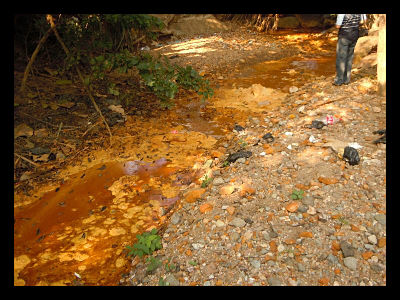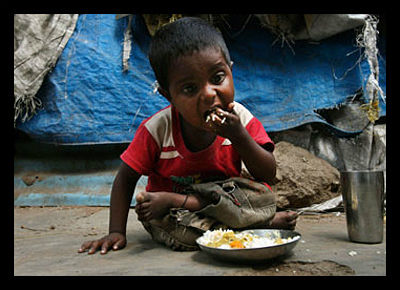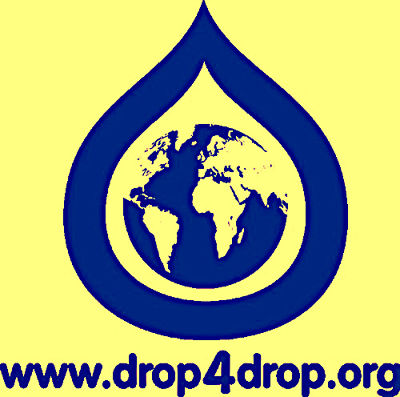
The Central American country of El Salvador fights to protect water. Twenty-five percent of the rural population do not have access to potable water, and an estimated 90% of the country’s surface water is believed to be “heavily contaminated.” A preliminary report released last month on the effects of gold mining on El Salvador’s water supply reveals that in areas where mining was conducted, local populations experienced high rates of cancer, kidney failure, and diseases of the nervous system. A 2012 study of the San Sebastián river by a government agency showed that the river contained 9 times the acceptable level of cyanide and 1,000 times the acceptable level of iron. The river is now famous for its unnaturally orange-colored contaminated water.
Water Contamination Sparks Environmentalism in El Salvador
Much of this contamination is the legacy of large-scale industrial metal mining in the resource-rich country. Such mining both uses and contaminates large amounts of potable water. Many citizens of El Salvador also argue that multinational mining companies that claim to bring jobs and economic growth in fact extract resources but contribute little to the local economy.
These negative environmental and economic effects have galvanized Salvadorans in a grass-roots environmental movement, a fight to protect water from mining contamination. Local residents, led in part by those from the canton of San Sebastián, have teamed up with international NGOs to protest mining contamination, publicize the issue internationally, and conduct scientific studies to support their claims that industrial mining endangers the nation’s environment and people. The movement has reached to the top levels of government, with strong national and international repercussions. In 2008, then-President Antonio Saca stopped issuing new mining permits, and the government is currently debating a bill that would make El Salvador the first country to ban industrial metal mining altogether.
International mining companies are fighting back, however. Commerce Group, an American company that operated the mine near the San Sebastián river, and Pacific Rim, a Canadian company, have filed complaints against El Salvador before a World Bank trade tribunal based in Washington, D.C. The companies are suing the Salvadoran government for $400 million dollars for violating their rights as investors. Decisions on these cases have not yet been reached. In the meantime, Salvadorans continue to debate the best ways to preserve their water and devise a model of development that is both sustainable and economically beneficial to all sectors of society.
– Délice Williams
Source: The Guardian, Mining Watch, StopESMining
Photo: Mesa Nacional


 Get Water is a touch-screen game with the objective of helping Maya collect clean water for her family. On the surface, players are swiping their fingers across the screen, shooting boomerangs at peacocks, and dodging turtles. But the true spirit of the game lies in its ability to literally put the discussion on these issues in your hands.
Get Water is a touch-screen game with the objective of helping Maya collect clean water for her family. On the surface, players are swiping their fingers across the screen, shooting boomerangs at peacocks, and dodging turtles. But the true spirit of the game lies in its ability to literally put the discussion on these issues in your hands.
